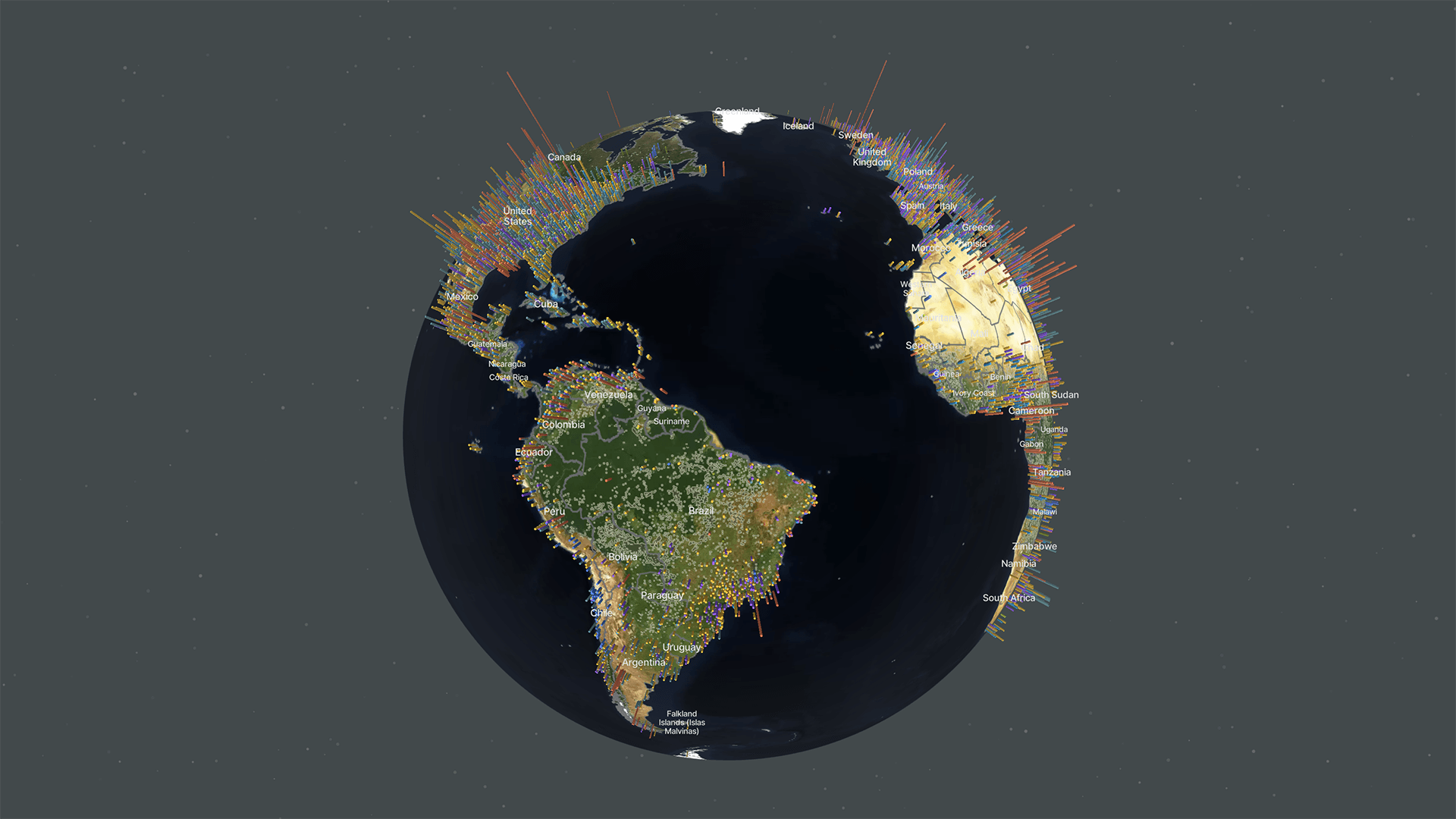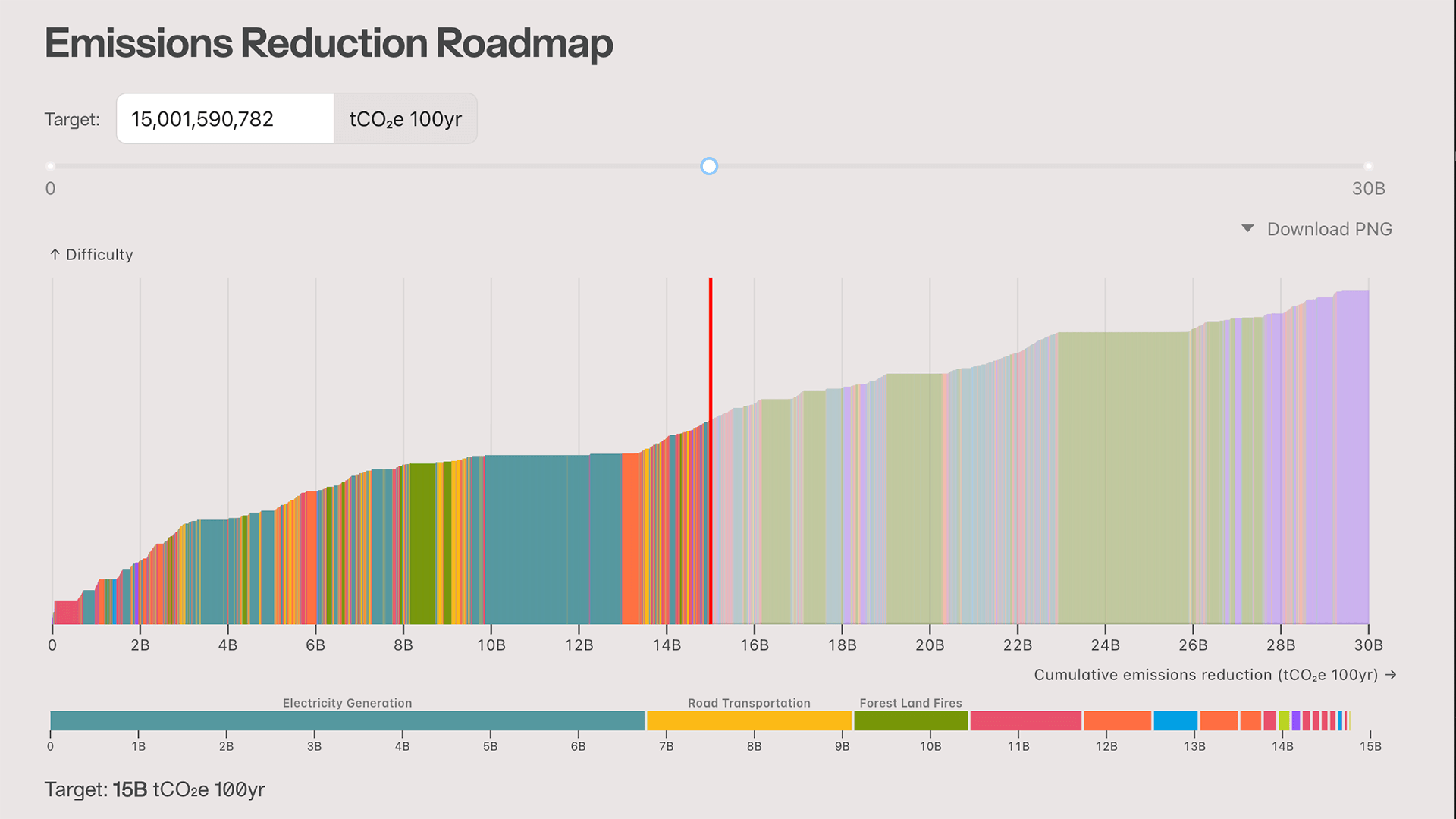Cruise Ships Emissions During and Since the COVID-19 Pandemic
It's been more than three years since the COVID-19 global pandemic disrupted “ordinary”’ life as we knew it. Earlier this year the WHO declared it no longer a global health emergency. Despite a more-recent rise in cases worldwide (due to a new variant), to a large extent life has returned to a new normal. This makes it an opportune time to dive into the OceanMind and Climate TRACE data and take a look back at how the pandemic — and associated lockdowns — impacted emissions from the cruise ship industry, as well as how emissions have tracked since COVID-related travel restrictions have lifted.
Cruise activity halted as the pandemic escalated
With lockdown orders and other travel restrictions, global cruise ship activity nearly halted during March and April of 2020. In fact, passenger ship traffic experienced longer and more-severe travel interruptions than other forms of shipping and any other mode of travel.
Outbreaks of COVID-19 on cruise ships led to a “do not sail” order from the United States Centers for Disease Control (CDC) on March 14, 2020 (the “do not sail” order was later extended through September 2020). All major cruise ship lines voluntarily halted operations during March 2020, with different cruise lines returning to more-regular service on varying timelines over the course of that year and into 2021.
But how significant was the associated drop in emissions? Were all countries, types of ships, and companies affected equally? Have emissions returned to normal in the current post-COVID era?
Cruise ship emissions plummeted, plateaued, then rebounded
To examine the effect of the dramatic decrease in cruise ship activity, we applied OceanMind’s emissions estimation model for shipping to global cruise ship activity from January 2018 through December 2022 to evaluate changes in emissions during and after the pandemic.
Our model uses machine learning techniques to estimate the emissions per ship per nautical mile traveled. We combine this estimate with data collected using the ships’ Automatic Identification System (AIS) to calculate the total distances traveled and time spent in ports for each ship. We next apply adjustment factors to each ship based on its traveling speed, since emissions are highly correlated with speed. Final estimates also account for ships’ use of auxiliary engines, which often continue to run while a ship is in port (and thus where activity-based emissions from the main engines are zero). For a detailed description of the development and validation of the model, please see here.
As you might expect, cruise ship-related emissions dropped significantly in March 2020 as the pandemic surge and travel restrictions — including the “do not sail” order for cruise lines — went into effect. In fact, cruise ship emissions plummeted to nearly zero (relatively speaking). Immediately on the heels of that massive emissions dip, they partially rebounded in April — as cruise lines scrambled to disembark passengers and return them home.
Then came a long emissions plateau through July 2021 of the following year. Monthly cruise ship industry emissions sat about 30% lower than pre-pandemic trends. The decline in emissions over this downturn period equaled around 9 million tons of avoided CO2, which is roughly equivalent to half a year’s emissions outside of the pandemic. This would prove only temporary, however.
In August 2021, a new trend emerged: emissions started exceeding the average from before March 2020. They climbed to new heights and have remained almost 6% higher than pre-pandemic levels. It was a rebound… and then some.

Emissions hotspots emerged while ships waited out the pandemic
When cruise ship activity dipped during the pandemic, those ships didn’t merely scatter randomly across the world’s oceans and ports. The ships — and their emissions — clustered into distinct “hotspots.”
For example, our algorithm shows that in the Caribbean, three areas generated considerably greater pollution during the pandemic than before COVID. Compared to the distributed cruise ship traffic (and associated emissions) of pre-pandemic 2019, in 2020 emissions were substantially concentrated around the Bahamas, Barbados, and Curacao.
Well-publicized news from that time corroborates our findings. In July 2020, in just one week, at least 15 of the world’s largest cruise ships in the world from Carnival Cruise Line, Royal Caribbean, and Celebrity Cruises chose the Bahamas as their “pause destination.” Similarly in March, Barbados hosted stranded cruise ships as a humanitarian offer to also help repatriate the crews. These activities, however, resulted in a great deal of time spent in single locations and an increased proximity of emissions to port, thus presenting issues for local air quality and associated human health considerations.
One year later in 2021, those hotspots had largely alleviated, yet certain previously popular routes all but evaporated. For example, cruise ship traffic to and from the Cayman Islands essentially disappeared, which is again consistent with what media was reporting: the Cayman Islands decided not to allow cruise ships to return until 2022, explaining the absence of traffic our algorithm identified in 2021.

Zombie ships kept during-pandemic emissions higher
So when cruise ship activity and emissions plunged right after the start of the global pandemic, why didn’t emissions remain significantly lower than pre-pandemic levels? What caused the during-pandemic plateau that saw cruise ship-related emissions sit just 25–30% below pre-pandemic trends?
The answer: zombie ships.
During the lockdowns, cruise ships were often still traveling around — sometimes on repatriation missions for passengers and crews, sometimes on their usual routes (albeit with a much lower frequency). Even when ships weren’t operating commercially, they sat idly somewhere, ‘parked’ while awaiting to resume business.
During the height of the pandemic, cruise ships registered under the Bahamas flag still traveled an average 20,000–40,000 nautical miles cumulatively per week. Alongside the emissions from Bahamian-flagged ships that sat idle, this amounted to roughly 90,000 tonnes of CO2 per week — equivalent to roughly 350 sold out roundtrip transAtlantic flights between New York and London each week.
As cruise emissions surge, what next?
With post-pandemic cruise ship emissions full steam ahead and higher than ever, where do we go from here?
Although flying is often maligned for its climate impact, cruise ship emissions are so high that travel on a cruise ship has a higher carbon footprint than air travel. Cruise ship exhaust can cause visible problems such as “haze” or visible emissions near cruise ship ports. Monitoring of air pollution from cruise ships has found problems such as cruise ships being responsible for 10% of the air pollution in the French port city of Marseille.
Looking back on the peak years of the pandemic, we gained valuable insights into factors that influence the industry’s emissions — including the risk of those emissions sometimes concentrating around certain ports where the air pollution could have disproportionate impacts on local coastal communities, on top of the broader climate impact.
With global travel continuing to climb past pre-pandemic levels and with the world’s largest cruise ship taking to the high seas next year, it’s more important than ever to have accurate, recent data. Climate TRACE and OceanMind will be at hand to support cruise shipping companies wanting to analyze their activities to identify opportunities for emissions reduction, so that we can see more sustainable trends emerging from the world of cruises.


